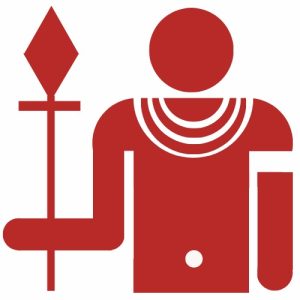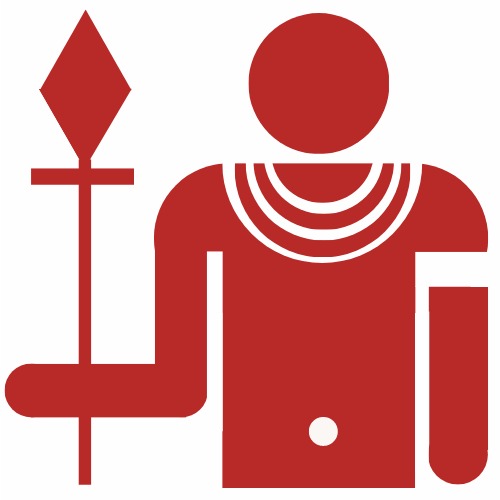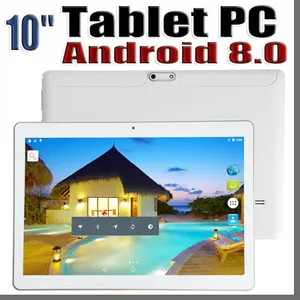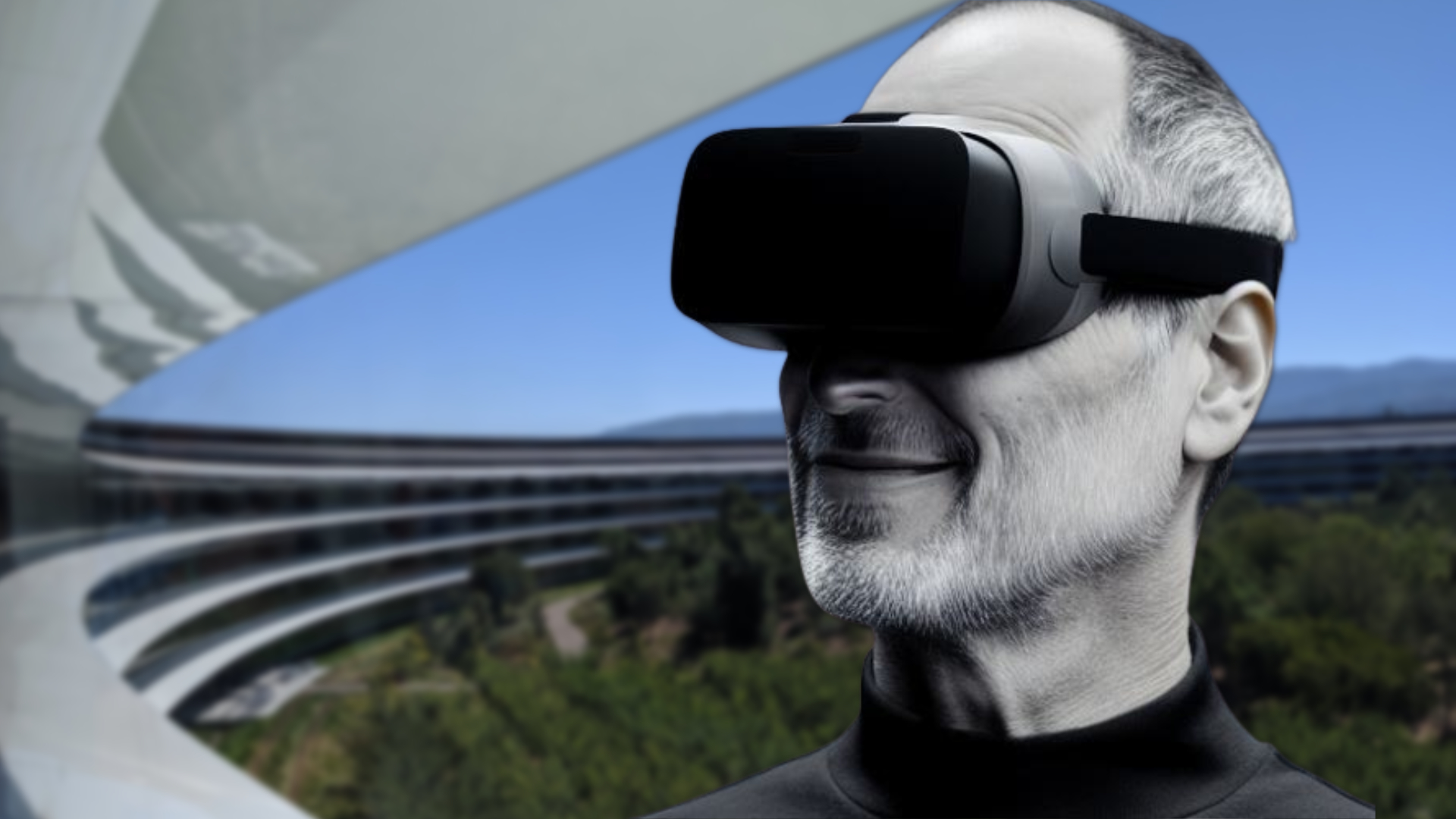Apple’s long-awaited virtual and augmented reality headset, Apple Glass, may have a range of technical features that could make it a popular choice when it is released. According to media outlet The Information, the headset will be made from aluminum, glass, and carbon fiber, and will be powered by a waist-mounted battery that can be replaced during use. This could help to keep the weight of the device on the head moderate. The final design is said to have been created by former Apple head of design, Jony Ive.
In terms of hardware, the headset is expected to have two processors: a system-on-a-chip (potentially the M2 chip) and a video processing processor (ISP), both of which are 5 nm. The ISP will transmit images from the helmet’s outward-facing cameras with low latency. The headset will also feature an H2 chip, which is commonly found in Apple’s audio products and is used to transmit the audio signal to AirPods Pro. There will be no headphone jack, and users will have to use wireless or Bluetooth headphones.

The headset will have two LiDAR scanners for short and long distances, as well as more than a dozen interior and exterior cameras. The headset will also include eye tracking with a “foveated” rendering function, which only provides full graphic detail to the specific point of focus for the user, saving computing power and energy. The headset will have a field of view of 120 degrees and will run on the Unity game engine. Apple is a partner of the platform developer.




